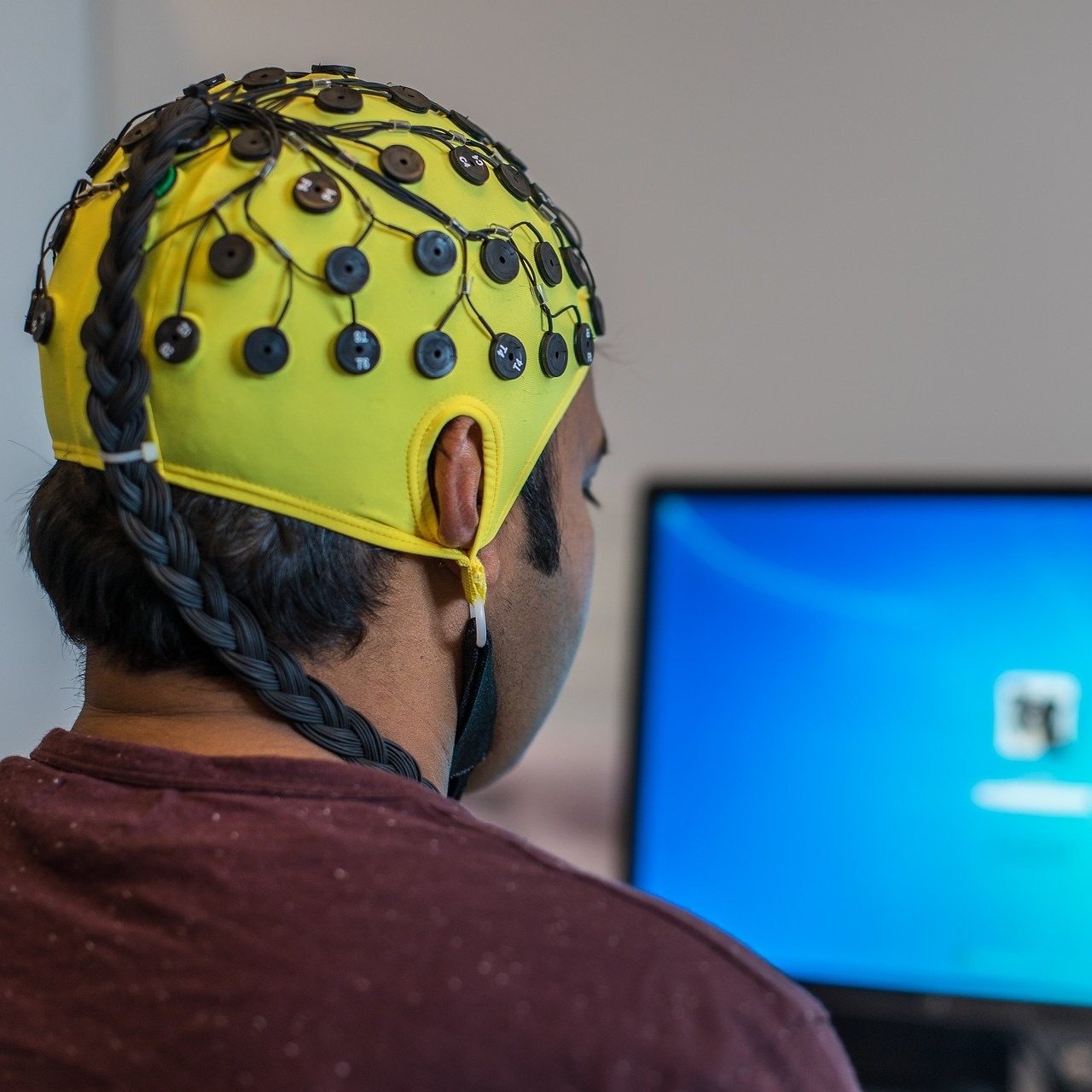NeurOptimal® Compared to Traditional Neurofeedback
Traditional Neurofeedback: An Overview
Before we begin discussing the differences, let’s review briefly how neurofeedback in a traditional setting works.
How Does Traditional Neurofeedback Work?
Typically, in order to try Neurofeedback in a traditional setting, also called linear neurofeedback, you must have a formal diagnosis of some issue that Neurofeedback has a protocol to treat. You must also seek out a highly trained Neurofeedback practitioner.
During a linear Neurofeedback session, you are hooked up to a helmet or cap or headband, which is honed to the area of the brain that your diagnosis and symptoms arise from, then you and your technician attempt to stimulate that part of the brain with specific tasks, expecting the task to alter the brain waves.
Throughout the activity, you will receive cues as to how your brain is performing. The goal is to remain in tune with your reactions so you can gear your brain towards the desired state. While you do this, your provider will be monitoring your activity and mapping your brainwaves against the ideal state you’re trying to achieve. Progress with neurofeedback in a traditional setting can be slow, the average recommended amount can be 20 to 50 sessions.
Linear Neurofeedback Side Effects
There can be side effects of linear neurofeedback. Specific frequencies produce harsher neurofeedback side effects than others. For example, stimulating frequencies of beta or gamma waves may increase transient feelings such as anxiety, panic, and racing thoughts. Additionally, increasing slower frequencies such as alpha and theta waves can lead to fatigue and difficulty concentrating.
What’s Different about NeurOptimal®?
One difference that sets NeurOptimal® Brain Training apart is its safety. With NeurOptimal® Brain Training, it’s all about the software. NeurOptimal® is non-invasive, it doesn’t manipulate the brain at all. It acts like a mirror, showing the brain what it just did, so it can learn to correct itself. There’s no risk of over-training, and no effort required on the part of the client. Anyone can train their brain with NeurOptimal, from infants to pregnant women. It offers all the benefits without the risks. This is likely why it was approved by the FDA in 2018 as a general wellness product.
Traditional neurofeedback systems require extensive brain-wave mapping tests before treatment and a highly trained technician with years of success in the field. Even when those two things are present, the risk of the equipment being misaligned, the wrong areas of the brain being engaged or pushing the brain too hard with up-regulating or down-regulating brain waves is very real. While it is true you can sometimes get dramatic effects by pushing the brain in a particular direction with these linear neurofeedback systems, it is also very possible to push the brain into a de-stabilized state. And destabilization means unpleasant side effects.
A Faster and Less Expensive Neurofeedback Option
Another difference between NeurOptimal® and other systems is its cost-effectiveness. With NeurOptimal®, most clients notice changes with only 6 sessions. With traditional neurofeedback systems, though the recommended amount of sessions will vary by individual and by diagnosis, it is generally a huge time commitment, in addition to a financial challenge for some.
This leads us to another key difference. NeurOptimal®’s Neurofeedback system does not require that a participant have a specific diagnosis to try it or to experience the benefits.
Because it tracks the brain so precisely and so rapidly micro-second by micro-second, there is no need for evaluation or diagnosis ahead of time. In fact, it is completely irrelevant! This is one of the reasons it is so clear that NeurOptimal® is a training and not a treatment.


